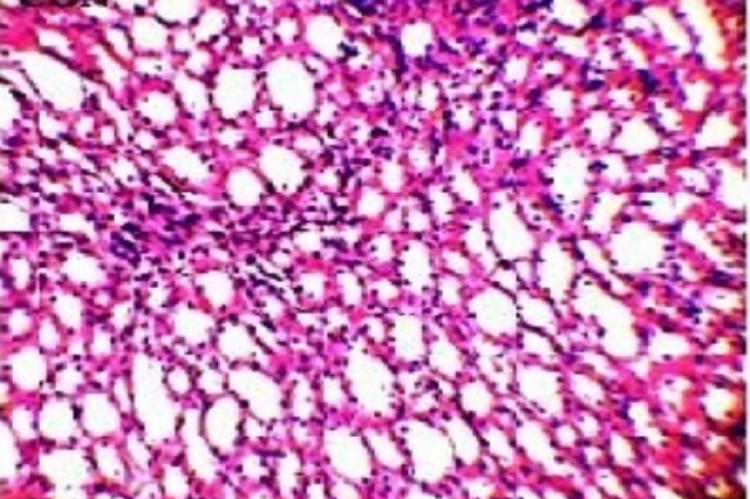The purpose of this study is to evaluate nephroprotective potential of Trichosanthes dioica leaves extract against Gentamicin (GM) induced nephrotoxicity and renal dysfunction. Twenty-four Wistar rats were divided into four groups (n=6). Control rats that received normal saline (i.p.) and 0.5% carboxymethyl cellulose (p.o.) per day for 8 days. Nephrotoxicity was induced in rats by intraperitoneally administration of GM (100 mg/kg/day for 8 days) and were treated with TLE (200 and 400 mg/kg/day (p.o.) for 8 days). Plasma and urine urea and creatinine, kidney weight, urine output, blood urea nitrogen, urinary sodium and potassium level, renal enzymatic and non-enzymatic antioxidants and lipid peroxidation was evaluated along with histopathological investigation in various experimental groups of rats. It was observed that the GM treatment induced significant elevation (p < 0.001) in plasma and urine urea, creatinine, kidney weight, + + blood urea nitrogen, plasma Na and K level, renal lipid peroxidation along with significant decrement (p< 0.001) in urine output, renal enzymatic and non-enzymatic antioxidants. TLE 200 and 400 mg/kg treatment to GM treated rats recorded significant decrement (up to p < 0.001) in plasma and urine urea + + and creatinine, urinary Na and K level, renal lipid peroxidation along with significant increment (up to p < 0.001) in renal enzymatic and non-enzymatic antioxidants. Histological observations of kidney tissues too correlated with the biochemical observations. These finding powerfully supports that Trichosanthes dioica leaves extract acts in the kidney as a potent scavenger of free radicals to prevent the toxic effects of GM both in the biochemical and histopathological parameters.
View:
- PDF (705.65 KB)


